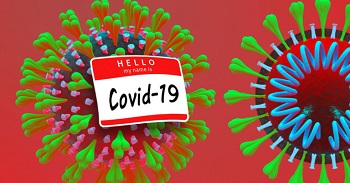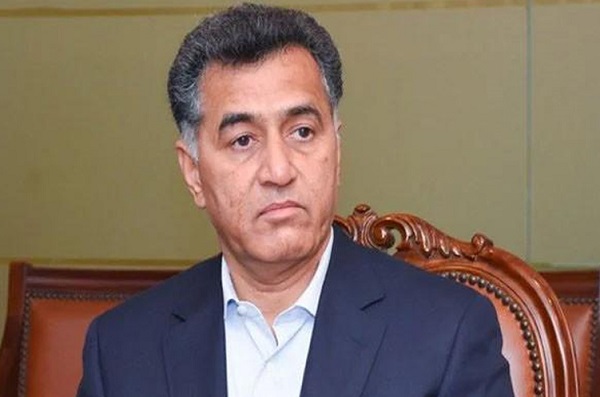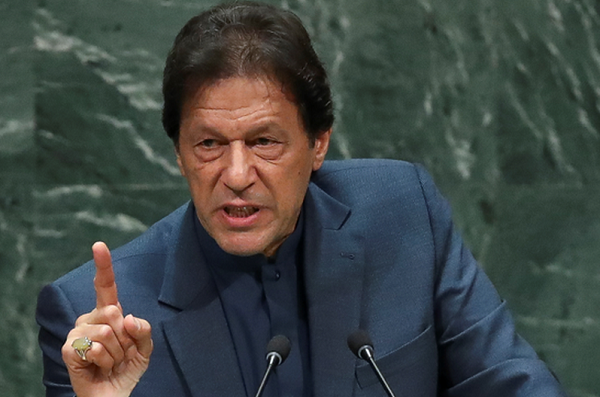ISLAMABAD: Prime Minister Shehbaz Sharif would be visiting Saudi Arabia for the second time in a month, on April 27 for three days,
The WHO decided to name the virus COVID-19 in keeping with guidelines aimed to avoid linking a disease to an animal or a geographic location.
Addressing scientists at the first international conference on combating the virus in Geneva on Tuesday, WHO chief Tedros Adhanom Ghebreyesus warned that the virus was a “very grave threat”.
But he said there was a “window of opportunity to hit hard and stand in unison to fight this virus in every corner.” “We are not defenceless,” Tedros said, adding: “If we invest now... we have a realistic chance of stopping this outbreak.”
“Viruses can have more powerful consequences than any terrorist action,” he told reporters later on the sidelines of the meeting, which will resume Wednesday.
The death toll from China's new coronavirus epidemic climbed past 1,100 on Wednesday but the number of new cases fell for a second straight day, as the World Health Organisation urged global unity to combat the “grave threat”.
As Beijing scrambles to contain the virus, the number of people infected on a cruise ship off Japan's coast rose to 174 — the biggest cluster outside the Chinese mainland.
Another 97 people died in China, raising the national toll to 1,113, while more than 44,600 people have now been infected by the newly named COVID-19.
Chinese authorities have locked down tens of millions of people in central Hubei province, the epicentre of the crisis, and restricted movements in several other cities in other parts of the country in an unprecedented effort to contain the virus.
Several countries have banned arrivals from China, while major airlines have halted flights to and from the country, as hundreds of people have now been infected in some two-dozen countries.
Most of the deaths have been in Hubei and its capital, Wuhan, the epicentre of the crisis.
But in a positive development, the number of new cases has fallen in Hubei for two straight days.
Outside the province, the number of new patients has declined for the past week.
“In general, the number of new cases is now slowly decreasing,” Zhong Nanshan, a renowned scientist at China's National Health Commission, said in a video conference with medical staff in Wuhan.
“When does the turning point occur? I can't say. But I think it's at its peak in mid- to late-February,” he said.
Zhong, however, had previously predicted in late January that the epidemic would peak by the first week of this month.
The biggest cluster of cases outside China is on a cruise ship quarantined off Japan's coast.
In additional 39 people on board the Diamond Princess have tested positive for COVID-19, raising the total of cases to 174, while thousands of passengers and crew face a second week in quarantine.
You May Also Like
ISLAMABAD: The military has reportedly formed an inquiry committee to investigate allegations of misuse of authority against former
ISLAMABAD: Former prime minister Imran Khan took a potshot at the civil administration on Wednesday over the recent Bahawalnagar






